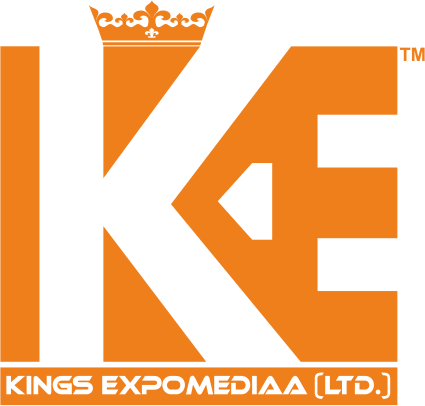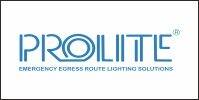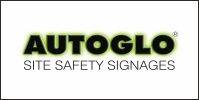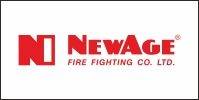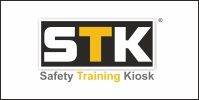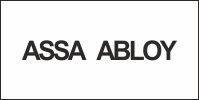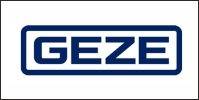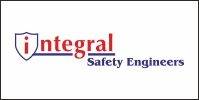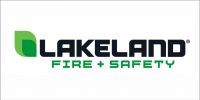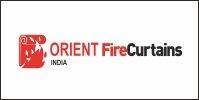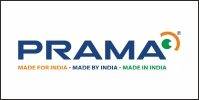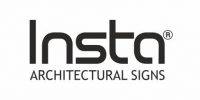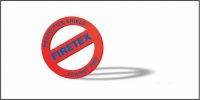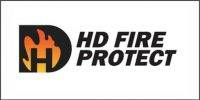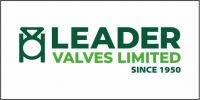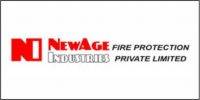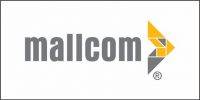 In today’s noisy world, protecting our hearing has become crucial. Exposure to loud sounds and noise pollution can lead to permanent hearing loss and other hearing-related problems. This article explores the significance of hearing protection and provides valuable insights into various methods and devices that can help safeguard our ears.
In today’s noisy world, protecting our hearing has become crucial. Exposure to loud sounds and noise pollution can lead to permanent hearing loss and other hearing-related problems. This article explores the significance of hearing protection and provides valuable insights into various methods and devices that can help safeguard our ears.
Noise pollution has become a pervasive problem in urban and industrial settings. Continuous exposure to loud sounds exceeding 85 decibels (dB) can cause irreversible damage to the delicate structures of the inner ear. Common sources of noise pollution include construction sites, machinery, traffic, concerts, and even personal listening devices. Prolonged exposure to these high noise levels can lead to noise-induced hearing loss (NIHL), tinnitus (ringing in the ears), hyperacusis (sensitivity to noise), and other hearing impairments.
Understanding Hearing Protection: Hearing protection refers to the deliberate use of devices or practices to minimize the impact of excessive noise on our ears. The primary goal of hearing protection is to reduce the intensity of sound entering the ear canal. There are two main types of hearing protection: earmuffs and earplugs. Earmuffs cover the entire outer ear and create a physical barrier, while earplugs are inserted into the ear canal to block or absorb sound waves. Both types of protection can be effective, depending on the specific needs and circumstances.
Choosing the Right Hearing Protection : Selecting the appropriate hearing protection is essential to ensure optimal effectiveness. Factors such as noise levels, comfort, convenience, and specific requirements should be considered. When evaluating hearing protection options, it is crucial to look for products that are tested and approved by relevant safety standards organizations. The Noise Reduction Rating (NRR) is a helpful metric that indicates the effectiveness of hearing protection in reducing noise levels.
 Earmuffs are suitable for situations where noise levels are consistently high, as they provide a higher level of protection. They are also easier to put on and remove, making them convenient for intermittent use. Earplugs, on the other hand, are portable and ideal for situations where noise levels may vary or when discretion is required. They come in different shapes, sizes, and materials, allowing for a customized fit.
Earmuffs are suitable for situations where noise levels are consistently high, as they provide a higher level of protection. They are also easier to put on and remove, making them convenient for intermittent use. Earplugs, on the other hand, are portable and ideal for situations where noise levels may vary or when discretion is required. They come in different shapes, sizes, and materials, allowing for a customized fit.
While hearing protection devices are vital, it is also important to develop good habits to reduce overall exposure to loud noises. Minimizing time spent in noisy environments, maintaining a safe distance from loud sound sources, and using volume-limiting features on personal listening devices are effective strategies. Regular breaks from noise and sound therapy can also help mitigate the effects of noise-induced stress on the auditory system.
Preserving our hearing is a lifelong responsibility. By prioritizing hearing protection, we can significantly reduce the risk of hearing loss and other auditory complications. Whether it’s using earmuffs or earplugs, selecting the right protection for the situation is crucial. Additionally, developing good habits to limit exposure to excessive noise is equally important. By taking proactive measures to protect our ears, we can enjoy a healthier and more fulfilling life, free from the burdens of hearing loss and related issues. Remember, prevention is key when it comes to maintaining our auditory well-being.


